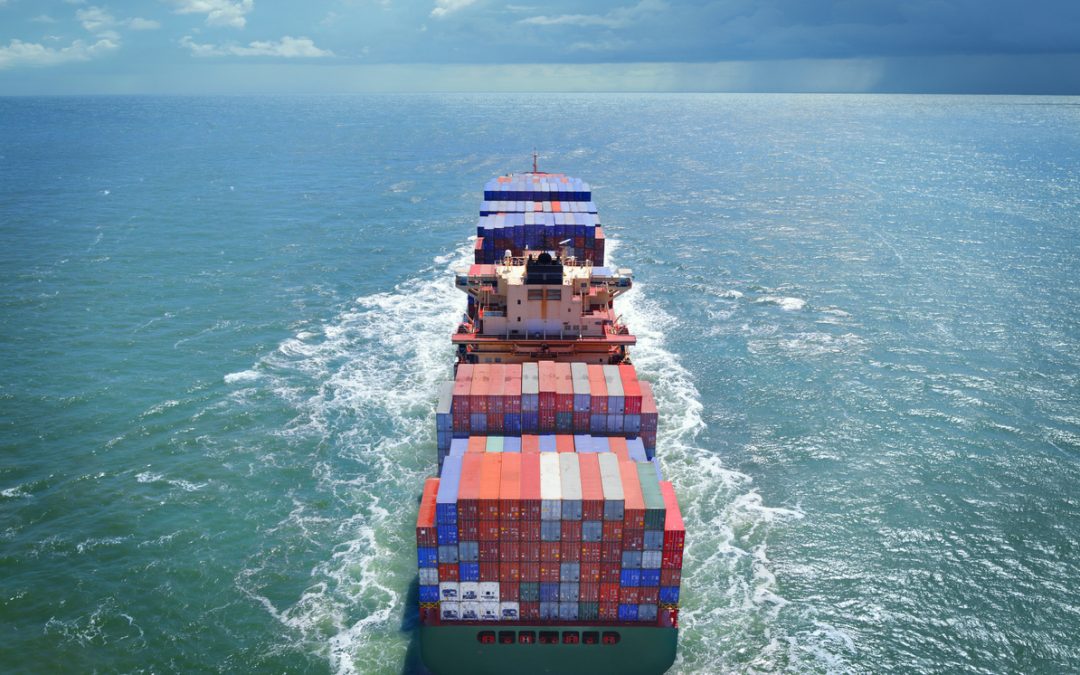G7 leaders are set to tighten enforcement of Russian sanctions while bolstering supply chains of strategic commodities to ensure economic security and make progress toward net-zero commitments during their summit in Hiroshima, Japan, over May 19-21.
It is the second G7 Summit since Russia’s invasion of Ukraine, which has shaped the group’s coordination on sanctions and increased its focus on energy and critical mineral security.
The Russian war was a wake-up call for governments to shore up supply chains of strategic commodities and materials, with Japan designating supply chains of natural gas, critical minerals, semiconductors and storage batteries as “critical materials” for its economic security.
The Biden administration will make the case for increasing sanctions against Russia, a senior administration official said May 19.
“All G7 members are preparing to implement new sanctions and export controls,” the official said on condition of anonymity. “I won’t get into the specifics of what partners are doing, but the United States will be rolling out a substantial package of our own. … We’re upping the economic pressure on Russia.”
The US aims to “close evasion loopholes,” take further steps to reduce reliance on Russian energy and continue efforts to “squeeze Russia’s access to the international financial system,” the official said.
Questions remain in the energy industry as to what steps could be taken by the G7 to strengthen sanctions on Russian energy given differences over members’ import dependency and energy mix.
Price cap
The US and EU see price caps on seaborne exports of Russian crude and oil products as effective in cutting Moscow’s revenue and ability to fund its war in Ukraine.
In a May 18 progress report on the US-led price cap on Russian oil, the US Department of Treasury noted that Russia’s federal oil revenues in Q1 2023 were over 40% lower than year-ago levels, with oil revenues falling to 23% of the Russian budget, down from 30%-35% before the war. The falling oil revenues come despite Russia exporting roughly 5%-10% more crude oil in April 2023 compared with March 2022, the Treasury said.
Designed to keep Russian oil supplies flowing to the markets while hitting the value of its oil exports, G7 restrictions on shipping Russian crude bought for more than $60/b were rolled out in December 2022. In February, the caps were extended to Russian oil products at $100/b for fuels such as diesel, which trade at a premium to crude, and $45/b for lower-value products including fuel oils.
Despite Moscow re-routing most of its crude previously imported by the EU and the US to new customers in Asia, Africa, and the Middle East, the International Energy Agency estimates that Russia’s oil export revenues fell $2.7 billion to $11.6 billion in February, down 42% on the year.
But most of the decline reflects lower global oil prices rather than the cheapening of Russian crude values. While prices for Russia’s key Urals crude continue to trade below the G7 price cap of $60/b, its ESPO crude flows to Asia have been trading above that level.
In an interview with S&P Global Commodity Insights on April 15, European Commissioner for Energy Kadri Simson said that the G7’s Russian oil price cap has cut Russia’s revenue.
“We are monitoring very closely the agreed price caps,” she said in an interview with S&P Global in Sapporo. “The next steps on the oil price cap depend on developments in global markets so that we do not want to create any deficit on global markets.”
“We do understand that some third countries are willing to buy oil at significant discounts, but next steps and coordinated action will be based on developments in global markets.”
Sapporo agreements
G7 leaders will also grapple with different approaches to climate goals and energy security, deciding whether to endorse the G7 Sapporo climate and energy ministerial agreements in April.
The G7 Sapporo communique acknowledged the need to pursue “various pathways” to reach their common goal of net zero, while it recognized the need to end new unabated coal-fired power generation and commit to accelerate the phase-out of unabated fossil fuels to achieve net zero in energy systems by 2050, to be in line with the trajectories required to limit global average temperatures to 1.5 degrees Celsius above industrial levels.
The G7 energy ministers also agreed that investment is “appropriate” in the gas sector in a manner in line with climate objectives and without creating lock-in effects to address potential shortages amid the ongoing war in Ukraine and impacts of high energy prices and inflation, particularly in developing countries.
The G7 leaders are expected to adopt a plan for boosting critical mineral security as written by energy and environment ministers in Sapporo, although it is possible they will build on the measures.
The Sapporo agreement promised to develop resources and supply chains responsibly through groups like the Minerals Security Partnership, whose goal is to ensure that critical minerals are produced, processed and recycled in a manner that “supports the ability of countries to realize the full economic development benefit of their geological endowments.”
It also called for creating incentives for environmentally-sound management of electrical and electronic waste, establishing domestic recycle chains and fostering recycling capacity for used lithium-ion batteries and neodymium magnets, “which will be discarded in huge quantities due to the scrapping of [electric vehicles], etc.”
Critical minerals have become a larger focus of G-7 energy ministers in recent years as part of their efforts to reach net-zero economies by 2050. Demand is expected to soar for lithium, nickel, cobalt and other metals needed for batteries and electrification technologies, but supply chains to bring the commodities to market face numerous challenges.
Source: Hellenic Shipping News






